Up-and-coming DP Tom Wade shares his experiences of using Kodak 35mm film to create the atmospheric short 'Shadows'
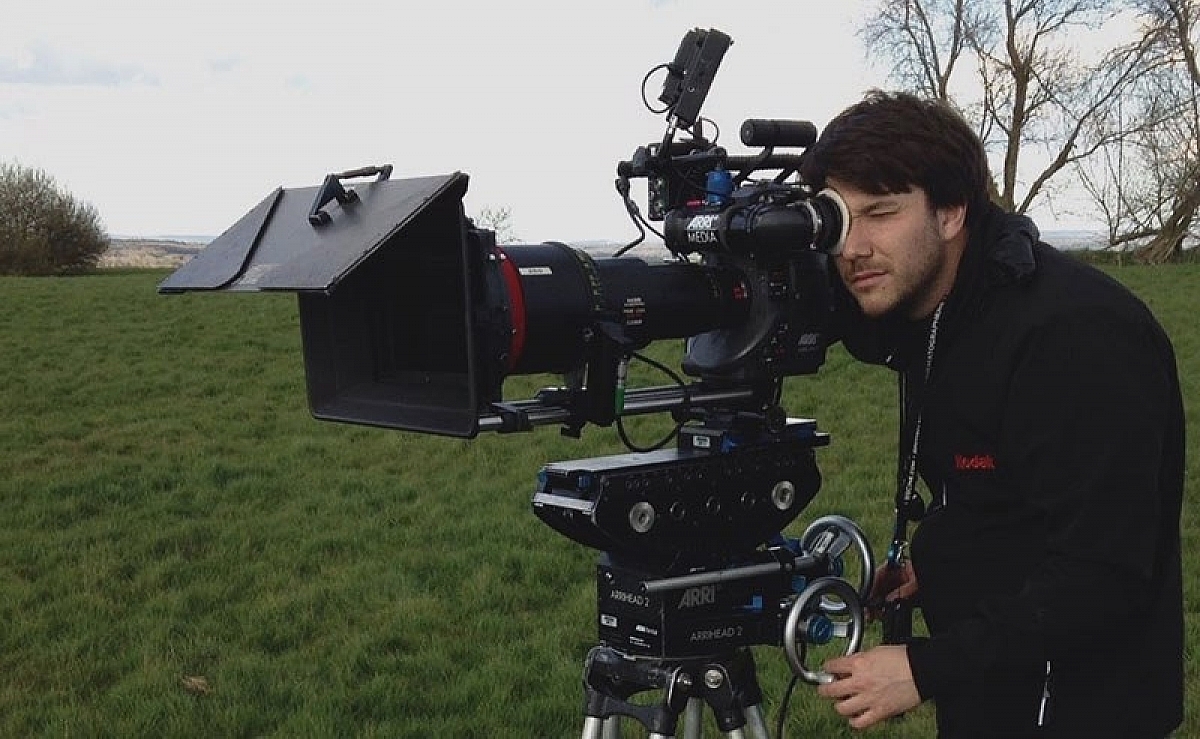
DP Tom Wade with his eye at the film camera on "Shadows." Picture by Lee Martin.
Tom Wade is entering his second year as a cinematographer, having been a clapper/loader and camera assistant on major features shot on film by leading cinematographers.
These include such titles as Prince Of Persia: The Sands Of Time (2008, DP John Seale ACS ASC); War Horse (2011, DP Janusz Kaminski); Harry Potter And The Deathly Hallows – Part 1&2, (2011, DP Eduardo Serra); Snow White And The Huntsman (2012, DP Greig Fraser ACS ASC); Jack Ryan: Shadow Recruit (2014, DP Haris Zambarloukos BSC); SPECTRE (2015, DP Hoyte van Hoytema FNF); Star Wars: The Force Awakens (2015, DP Dan Mindel BSC ASC); and Jason Bourne (2016, Barry Ackroyd BSC).
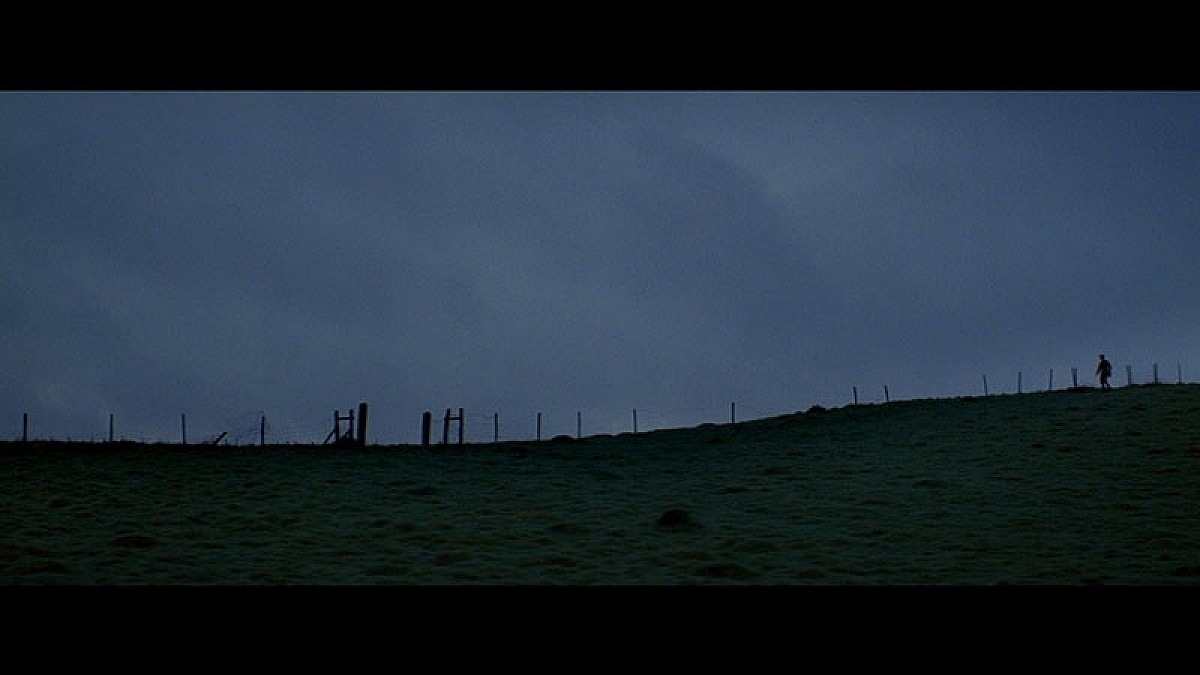
A moody establishing shot for the film.
Wade recently shot WWI drama Shadows on Kodak 35mm film with support from Kodak Film Lab London and ARRI Rental. The short was directed by Simon Harris and written by Carlo Ortu.
You can read about his inspirational experiences here:
“My relationship with Kodak started on Prince of Persia in 2008. Over the years I was fortunate that the majority of the films I worked on were shot on 35mm by some of the world's leading cinematographers. One of the cornerstones of my fortunate and fantastic on set education was learning how important Kodak stock is both technically and artistically as a storytelling tool.
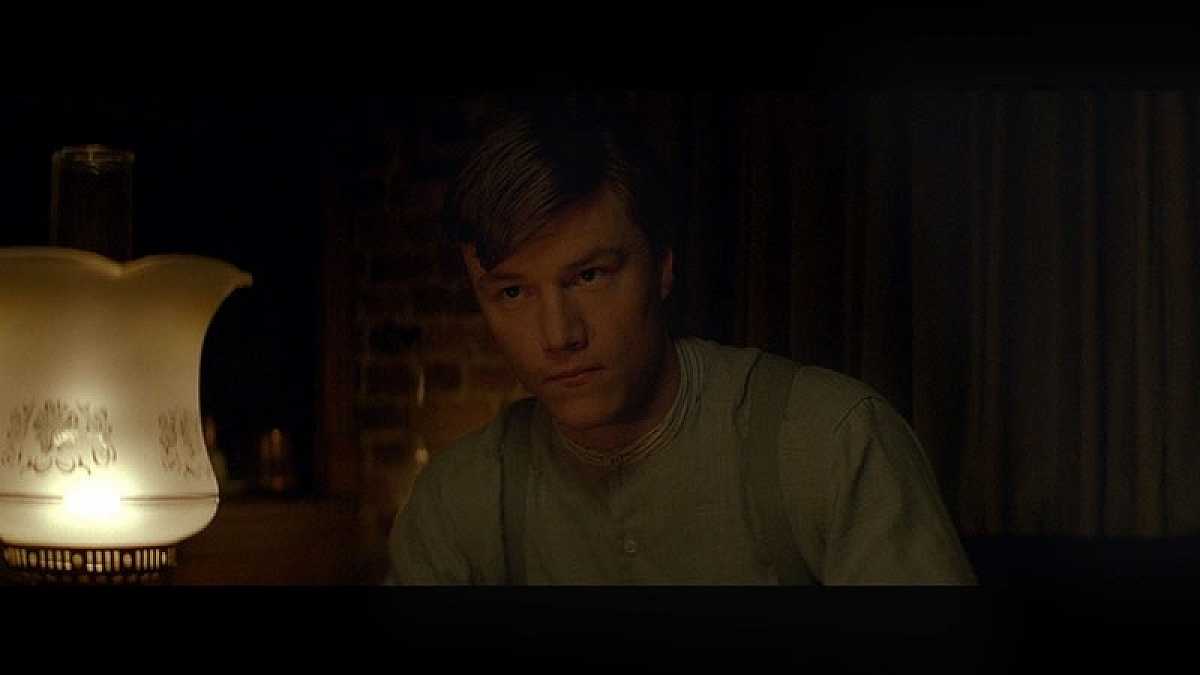
Actor Sam Gittens playing Charles, the mischievous soldier, in a dramatic nighttime dinner scene.
”Shadows is a seven-minute drama set in WWI, which we shot over two days at a rural farmhouse location in Kent. It’s a story of a young soldier, returning from action in the trenches, who visits the grieving mother and sister of one of his killed compatriots. He brings them solace in the form of his late friend’s bible and kindly accepts what little financial help they can afford. After a quick assignation with the daughter and a heated confrontation as he leaves, the contents of his satchel spill on the ground, revealing the despicable truth about his visit.
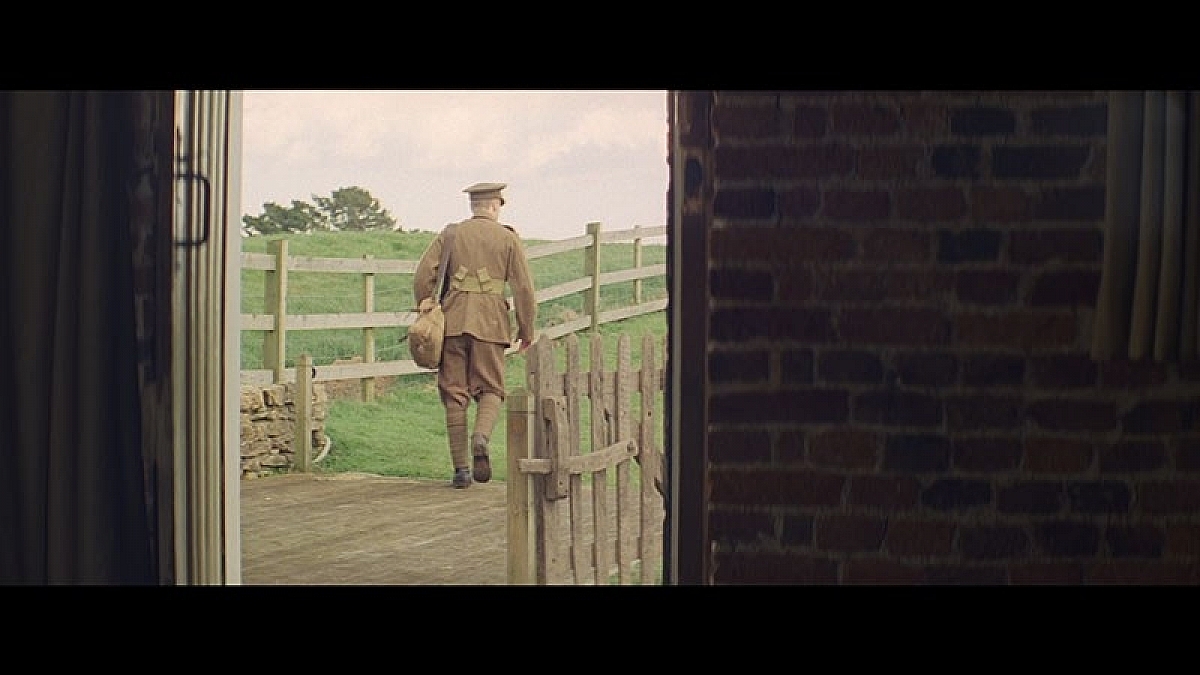
Charles leaves the isolated cottage and his secret is revealed.
”Simon, the director, and I both felt very strongly this was a film project. As a period piece with a restrained and dour story, I wanted to approach the cinematography in a classical story-telling manner, with a naturalistic look, whilst also giving the actors the physical space and framing to perform.
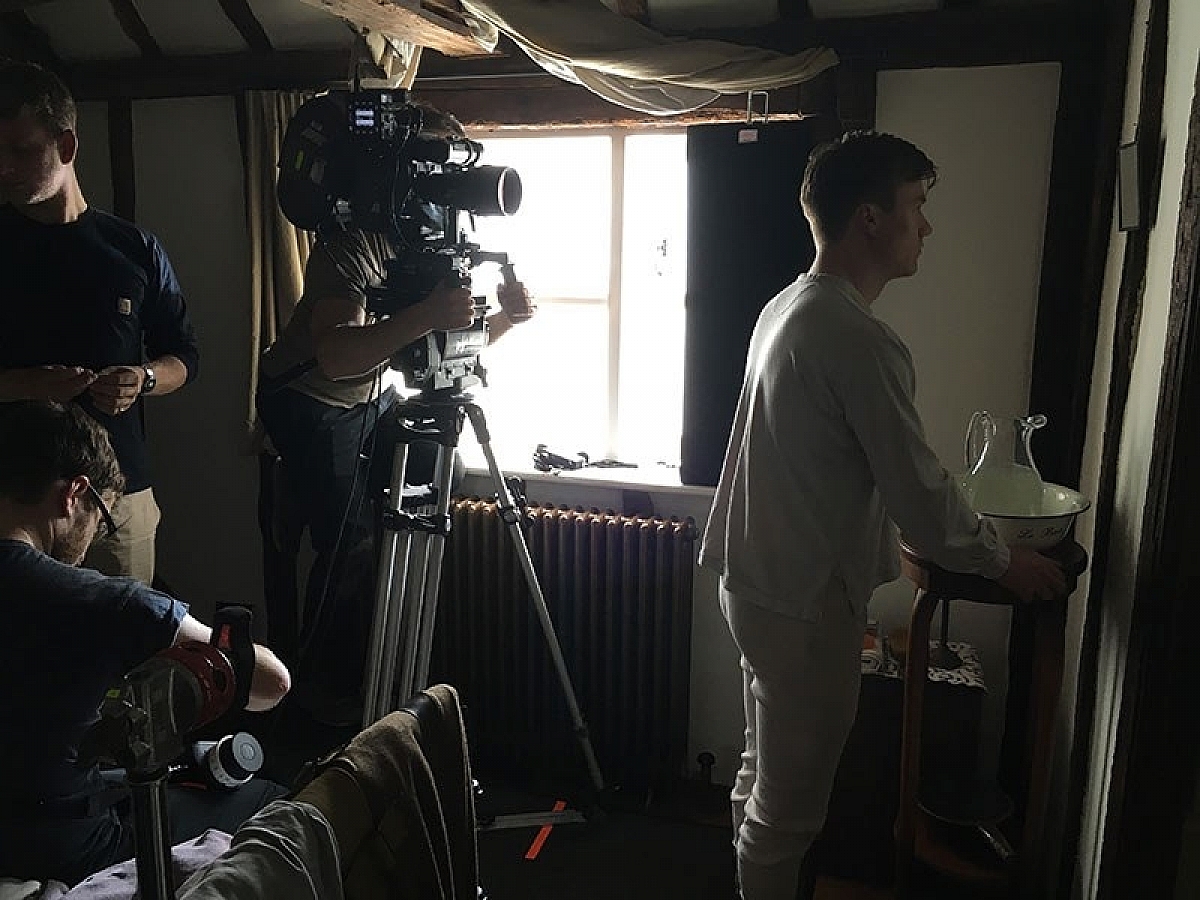
Fred Bonham Carter (standing), producer Ryan Parkins focus (sitting), DP Tom Wade (on camera) and Sam Gittens actor. Picture by Lee Martin.
”I felt that shooting on film would set a high level of expectation to everyone involved, whilst also acting as a motivating factor all-round during production. The moment people see a film camera, they feel they are involved in a serious production, so there’s automatically an elevated atmosphere on set. When they get over the ‘wow factor,’ the younger cast and crew see they have to rise to the challenge, and the older members see it as a comfort.
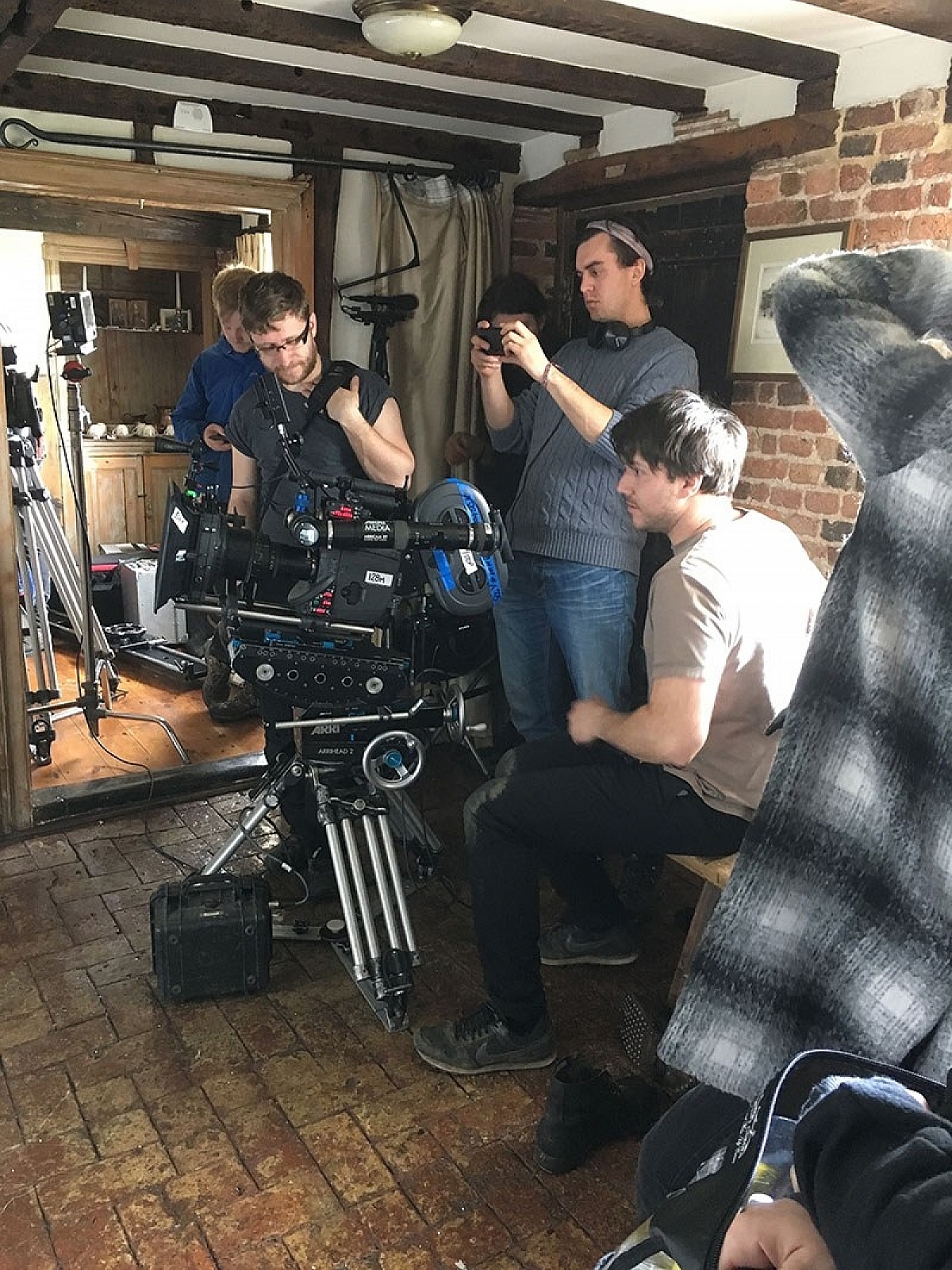
Kieran Waites gaffer, Ryan Parkins focus, Duncan Paterson sound (obscured), Simon Harris director (with headphones) and Tom Wade DP. Picture by Lee Martin.
”However, as Shadows was both self- and crowd-funded, we shot tests to show the advantage film would give to this story. I spent time with Dan Crussel, the in-house colorist at Kodak Film Lab London, looking at the various in-camera techniques I wanted to use and establishing the visual mood I wanted for the short, which I think really helped the money-raising efforts.
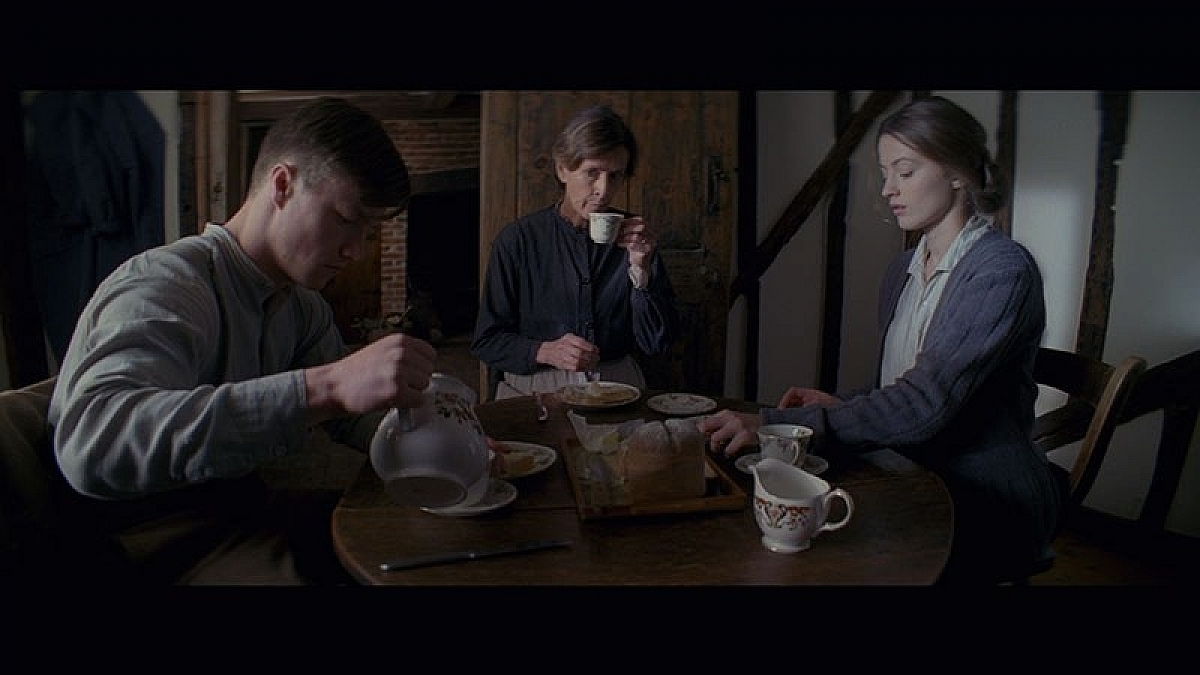
Interior breakfast scene, featuring Sam Gittens playing Charles, Kirsten Cooke as the Mother, and Lauren McQueen as Mathilda.
”During production, I really wanted to capture the atmosphere of the isolated farmhouse. The blocking and lighting philosophy were very simple. The mum is always side-lit, showing the contours of her skin, to emphasize her age and her troubled mind. The daughter is front-lit, with a nice glow to her fresh skin, underlining her relative innocence. The soldier is back-lit and slightly silhouetted to highlight his mysteriousness.
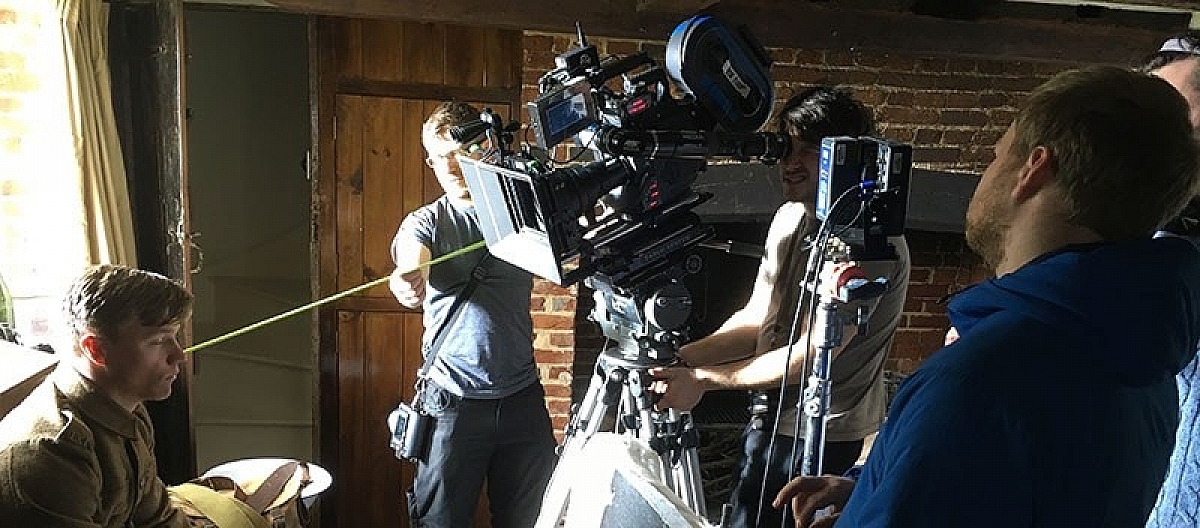
(l-r) Sam Gittens actor, Ryan Parkins focus, Tom Wade DP with Kieran Waites gaffer. Picture by Lee Martin.
“To keep a naturalistic look we shot daylight interiors with an external HMI through a frame with all-natural muslin fill inside. Paraffin lamps and candlelight at night were augmented with Tungsten fill run through a chase for flicker. This setup also meant it was easy to adjust the lighting and it reduced the amount of equipment in the shooting space.
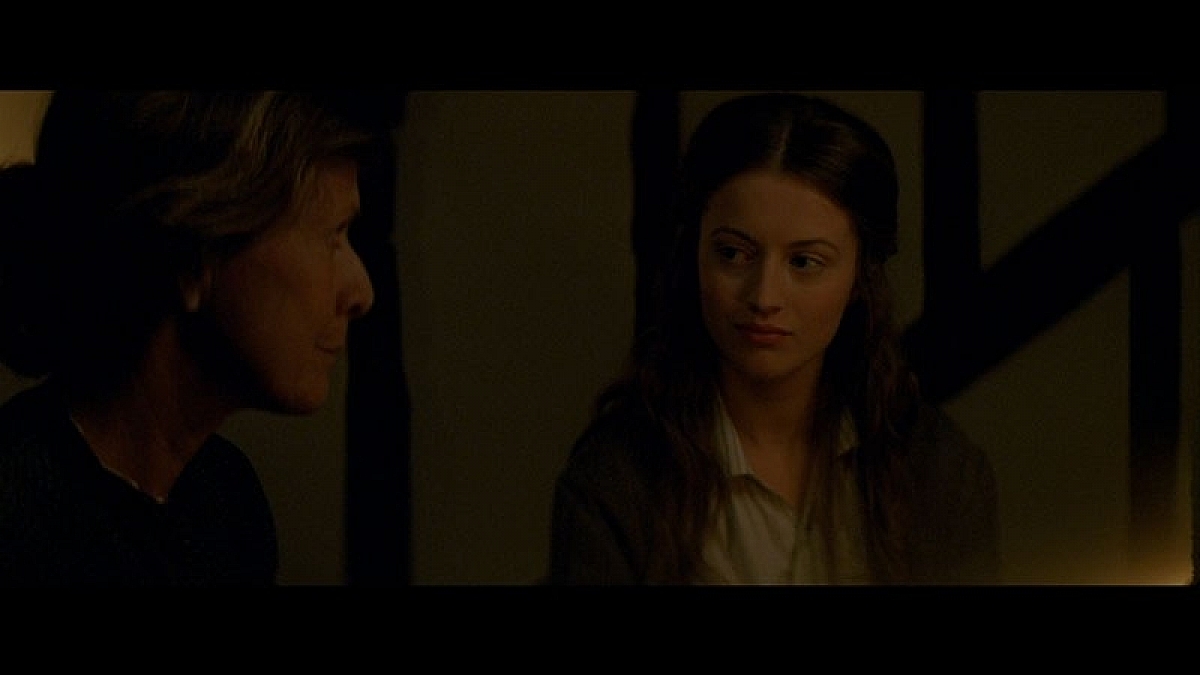
Kirsten Cooke as the Mother, and Lauren McQueen as Mathilda in a dramatic nighttime dinner scene.
”I am amazed how much latitude film really has. It's so nice to be able to see details of your location outside the windows when you are shooting a low-key daytime interior. I shot the night scenes dark so they feel like they're just lit by the paraffin lamps. The chiaroscuro and fall-off on the faces really draw you into the tension, and the scene goes nicely into darkness, so you have to work a little bit to see what's happening.
”To reinforce the somber heavinessof the night scenes, I arranged for the KODAK VISION3 500T 5219 to be push-processed by one-stop at the lab.I used 5207 250D uncorrected for daylight interiors and 5213 200T 85 corrected for daylight exteriors. Shooting on Hawk C-series Anamorphics helped achieve a softer, more nuanced look that I felt was correct for this story. I felt so lucky to be using a format I had assisted on so many times.
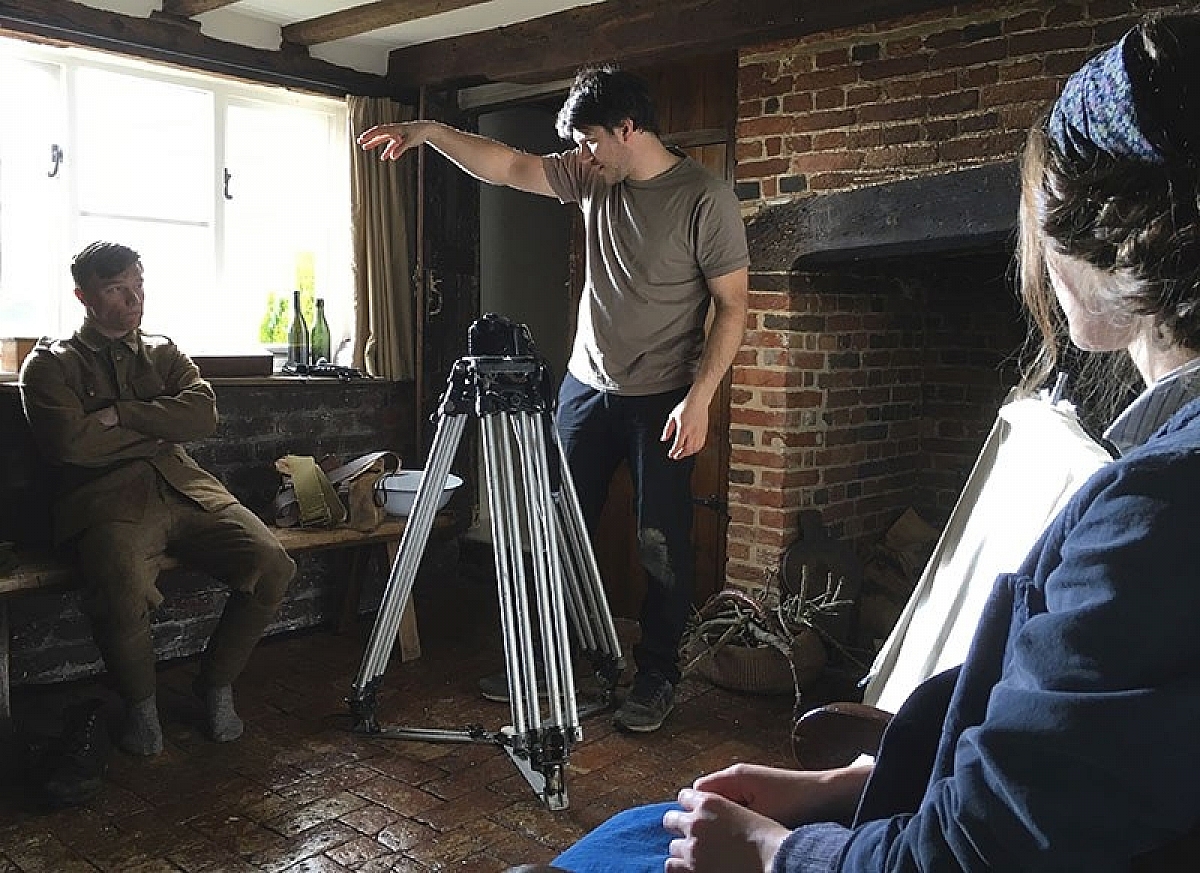
Sam Gittens, Tom Wade and Lauren McQueen in "Shadows." Picture by Lee Martin.
”As we were shooting in small rooms, I used an ARRICAM ST, as you can top-load the 400ft mags, which saved about a foot of space on set. We also had an LT for cutaways and insert shots that could be set up as we shot the script. My hard working crew were focus puller Ryan Parkins, clapper/loader Russel Torode, and the gaffer was Kieran Waites.
”Sam Clarke at Kodak, Nigel Horn and Clive Noakes at Kodak Film Lab London, plus Simon Surtess at ARRI, helped at every stage of this film. All [are] exceptionally knowledgeable and generous with that knowledge, and I'm very grateful as they enabled this project to be shot on 35mm. Dan Crussel did a Best Light Transfer and the rushes looked great.
”There are so many in-camera techniques unique to film that for me define cinematography. I'm excited I'm getting the chance to explore them in the way that I might shape/soften/cut a hard or soft light source to create shadows, shapes and atmosphere, or chose a particular focal-length lens for visual storytelling purposes. With film you can bake-in the look you want on the neg right from the start. When you shoot digital, especially RAW, everything can change later down the line. I prefer the psychology with film that this is the look and this is the way it’s going to stay.
”I'm pleased to see Kodak bouncing back in such a strong way and sincerely hope that I, as well as other cinematographers, get plenty more opportunities to shoot Kodak neg.”